The bathhouse is an invariable attribute of almost every country and private house. This is not only a tribute to Slavic traditions, but also taking care of your health. In it, a person is exposed to significant temperature changes, which have a positive effect on overall well-being. This is possible with good insulation of the bath. It is relevant not only for winter, but also in summer. High-quality thermal insulation will reduce the fuel consumption required to warm up and maintain the required temperature in the room. In addition, it will reduce the effects of moisture on the walls and, as a result, the risk of mold and mildew. The procedures will be safer.
It has long been noticed by builders that a thick uniform wall does not guarantee effective heat retention. This is due to the fact that the structure absorbs some of the heat. The situation is completely different if you add layers to it. The structure should consist of elements with different characteristics (density, porosity and thermal conductivity). Its effectiveness is also influenced by the chosen insulation.
Content
What effect does the bath have on the human body
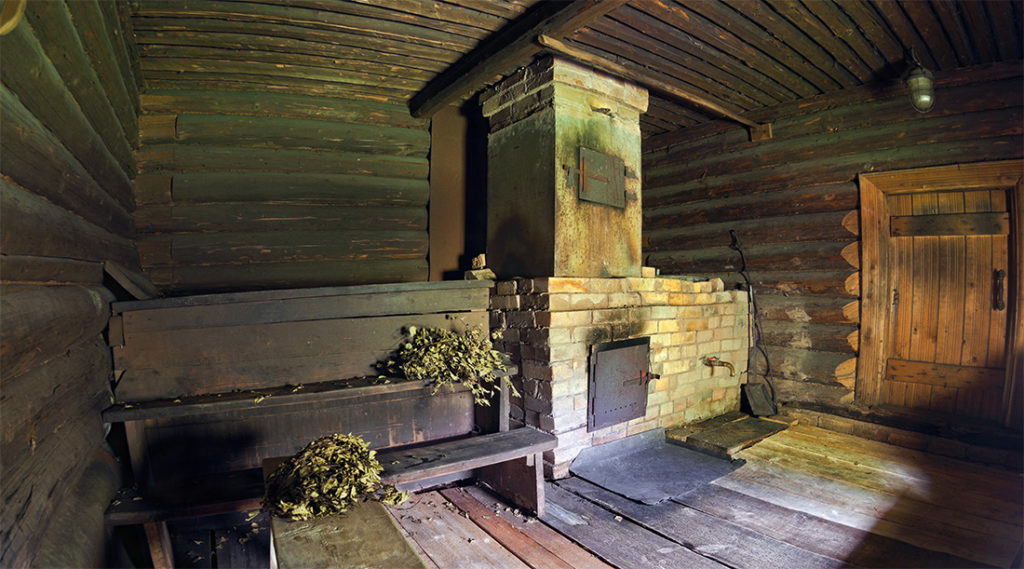
The healing effect of the bath on the body has been noticed for a long time. In those days, healers and healers prescribed vaping to patients of varying degrees of difficulty (from mild colds to cardiovascular ailments). Temperature regime and adherence to certain recommendations of experienced specialists allows you to achieve results in a short time.
Effect on the body:
- The cardiovascular system. Staying in a bath increases the heart rate by 70% (100 - 160 beats per minute). They increase significantly when steaming with a broom and decrease when doused with cold water. All this causes a restructuring of the circulatory system, especially among those who visited it for the first time. Subsequent visits have a training effect.
- Respiratory system. The healing steam stimulates the respiratory system. The effect obtained can be compared to inhalation in a hospital. To achieve maximum results, steam is saturated with various types of herbs. Hot air heals a runny nose, reduces swelling of the mucous membrane and nasal discharge. In the bath, immunity is strengthened, positive dynamics is observed in those suffering from chronic respiratory diseases. Regular visits will relieve hoarseness, coughing and even reduce lung noise.
- Nervous system. Decreased blood flow in the brain leads to a decrease in emotional activity, as well as a drop in muscle and mental tension. The bath has a positive effect on the emotional state. After visiting her, anxiety and headaches leave the person. Violation of the bathing regime leads to headaches, dizziness, sleep disturbance and anxiety. Despite the fact that the bath is a great stress for the body, most of them tolerate visits without problems.
- The musculoskeletal system. Heat has a beneficial effect on muscles and joints. A visit to the bath is preferable for patients with rheumatism, gout and arthrosis. You should take a steam bath only after consulting an experienced doctor.
- Leather.Increased sweating is accompanied by the movement of substances from the tissue into the blood. This is accompanied by a decrease in swelling. Heat has a beneficial effect on the regeneration of epidermal cells and improves metabolic and immune functions. Bath procedures remove dead particles and skin secretions from the face, as well as regulate the functions of the sebaceous glands. Steam removes sweat, grease and dirt. In the steam room, the first fine wrinkles are smoothed out, and the skin becomes healthy and beautiful.
What is thermal insulation for?
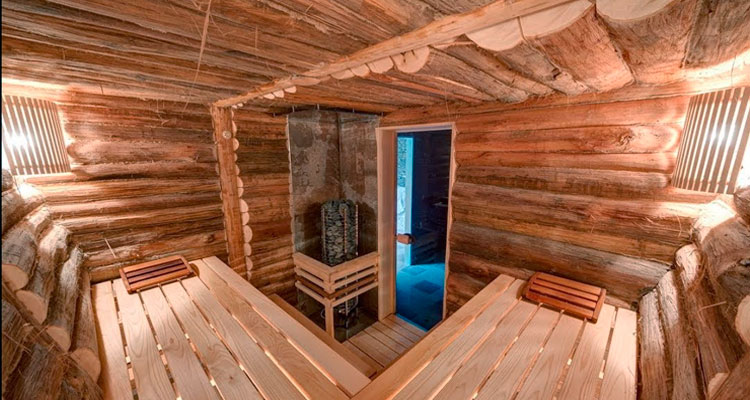
In order for all the advantages described above to be fully revealed to the owner, it is necessary to properly insulate the walls of the bath. Construction work carried out in full compliance with all norms and standards is unable to retain heat, and therefore will negate the usefulness of bath procedures, since the room will not be able to warm up to the required temperature. One possible solution to this problem is to reduce the time between tossing fuel into the stove, but then the cost of maintaining the required temperature will increase.
Thermal insulation of a bath will help you avoid unnecessary costs and experience all the benefits of a steam room. It is preferable to do such work even at the stage of construction of the building, but if due to certain circumstances this could not be done, then it is possible to implement thermal insulation after construction. The main difference between work of this kind in a house and a bathhouse is that the latter requires a more thorough approach, since it is necessary to maintain an acceptable temperature for a long time. In this regard, it is necessary to thoroughly approach the conduct of thermal insulation work.
There are several main reasons:
- such a room heats up faster;
- comfortable temperature lasts much longer;
- reduction of fuel consumption required for heating;
- such a bath will last much longer.
How to choose
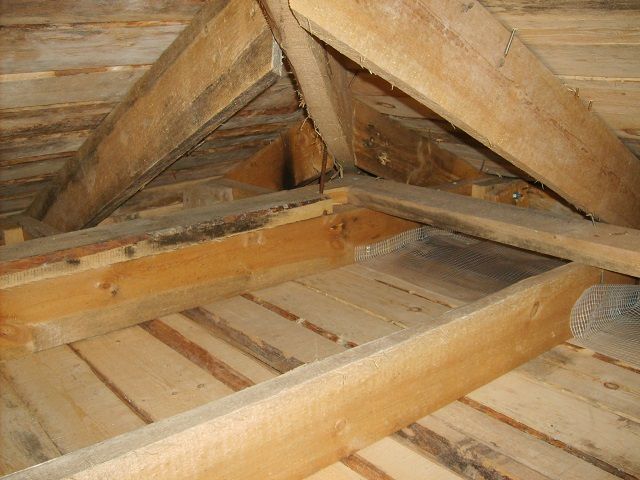
Insulation must meet a number of specific requirements that are dictated by the environment of use. The material must withstand high humidity, withstand temperature fluctuations, not lose its properties when heated, and also act as an unfavorable environment for the development of mold and mildew. At the same time, it must retain its shape throughout the entire period of operation.
Among the basic requirements:
- Environmental friendliness. One of the main requirements. There should not be any secretions harmful to the body. Heat insulators with a natural base are recognized as the safest.
- The thermal conductivity coefficient characterizes the effectiveness of the insulation used. The higher the score, the better. The warmest material is mineral wool. Its indicators are 0.045 W / (K * m).
- Good combination with building and finishing materials, which does not affect their specific properties.
- A traditional bath is impossible without an open fire, and therefore, when finishing the furnace, refractory heat insulators are used;
- The humidity level in the steam room is 40 - 60%. Taking these factors into account, you need to choose a hygroscopic insulation with high vapor and waterproofing.
- The material must prevent the formation and accumulation of condensation.
- Frequent temperature changes should not have a detrimental effect on the performance of the thermal insulation material.
- The insulator must not react with other finishing materials.
- The material should not be afraid of rodents who like warm and humid climates.
- High level of tightness with a minimum number of joints.
- Ease of installation. It is more convenient to use heaters combined with a frame crate. This makes it easier to decorate the room.
The most inexpensive heaters for baths and saunas
Mezhventsovy heaters
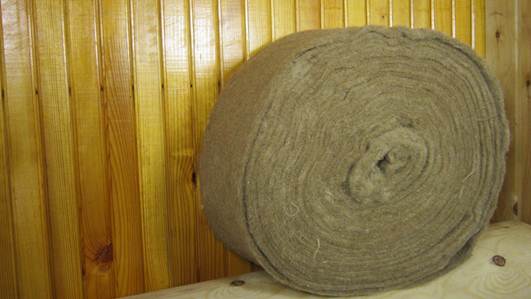
The bathhouse, in the classical view, is associated by many with a wooden log building. The walls, as a rule, are insulated at the time of their construction, but if it was missed, then work is allowed after construction.
This group includes heaters, focused on inter-crown joints in the walls of the log house. As a rule, they are made from flax, jute or moss, but there are also combined options containing impregnation that birds do not like.
The main advantage of this material is its dense, homogeneous structure. Basically, it is produced in the form of strips with a thickness of 4 - 15 mm. The insulation closes the pores and prevents the penetration of cold air and moisture into the room. Its installation will not cause difficulties: it is enough to place it on the surface of a bar or log, and then fix it with staples using a construction stapler.
There are several groups of such materials:
- Jute. The most popular variety sold in rolls. Its thickness ranges from 4 to 6 mm, and its width is 10 - 20 cm. It is a dense and homogeneous material with high hygroscopic properties. Such high heat-shielding properties were achieved due to the fact that the composition contains lignin. It is a substance similar in properties to the resin of conifers. This insulation is inferior to flax in terms of residual elasticity. Over time, it cakes and under pressure the layers acquire a density comparable to natural wood.
- Linen. It is made of fibers of the same name using needle-punched technology. This insulation is also called flax. It has high environmental friendliness, retains heat, has an attractive appearance and an affordable price. Of the shortcomings, it is worth highlighting that it acts as a favorable environment for the emergence of mold and mildew, and also attracts the attention of birds.
- Moss (cuckoo flax, red moss, sphagnum). This is a classic solution that can be purchased for almost a penny or made on your own. Has bactericidal properties. Of the weaknesses, they note that it dries up, and then falls out. The material is a tasty prey for insects and birds.
Advantages:
- environmentally friendly material;
- affordable price;
- high vapor permeability;
- installation will not cause problems even for a beginner;
- homogeneous structure.
Disadvantages:
- not suitable for use in stone buildings;
- burns well;
- acts as a favorable environment for the development of mold, fungus and some insects (with the exception of jute);
- a jute heat insulator requires utmost care, since broken fibers will negate all its positive qualities.
Expanded clay
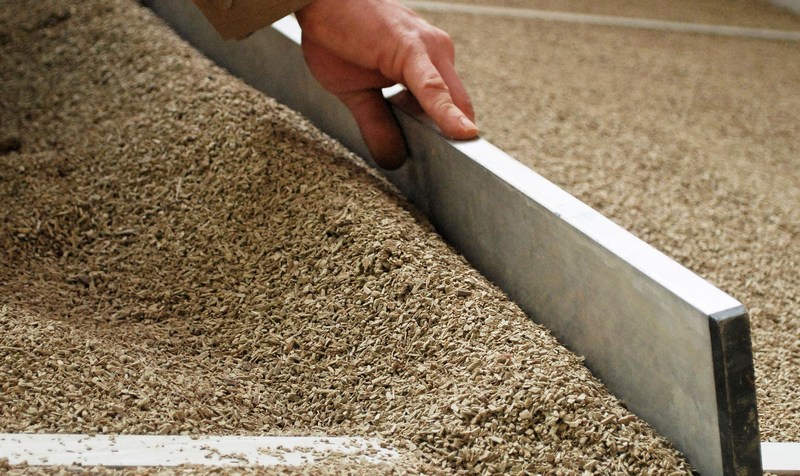
This free-flowing product has won many positive reviews. Outwardly, it resembles gravel or crushed stone. To obtain it, clay or shale is fired at temperatures from 1000 to 1300 C, and after half an hour, a lightweight porous oval material is obtained. Its main area of use is flooring and attics. This material is resistant to the negative effects of moisture, insects and rodents do not start in it. In addition, it is an unfavorable environment for the development of microorganisms. When arranging floors, this insulation is added to the concrete screed. Under the roof, it is scattered between the beams, thereby forming a continuous layer.
The material is divided into:
- Gravel. A distinctive feature is large granules (5 - 40 mm). They are used in almost all areas, including bath insulation.
- Crushed stone. Obtained by crushing the material described above. It acts as a filler for lightweight concrete.
- Fine sand. It is used to reduce the weight of concrete structures. This is the best option for a bath.
Advantages:
- budgetary cost;
- moisture resistant;
- operation for a long time;
- does not harm health.
Disadvantages:
- limited scope;
- problems may arise during transportation;
- requires accuracy, since damage to the granules reduces the properties;
- complex installation.
Styrofoam
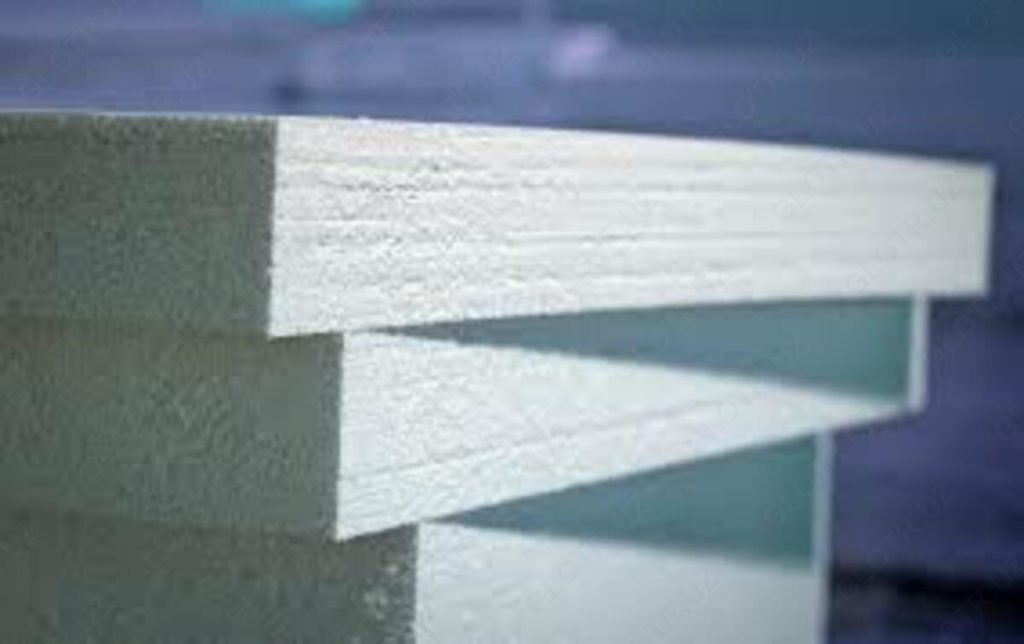
It is one of the most demanded thermal insulation materials. This budget solution fits almost any type of building.The material has high heat and sound insulation performance. Polyfoam is absolutely not suitable for indoor use with high temperatures. This is due to the fact that under such conditions it releases phenol-containing compounds that negatively affect human health. Plus, it is highly flammable. Considering all this, it can only be used for outdoor decoration and in dressing rooms, where the temperature is much lower.
It is made of foamed polymeric materials (PVC, polystyrene, polyurethane). It contains 2% polymers and 98% air, which influenced the light weight of the material.
Advantages:
- lightness;
- ease of installation;
- the smallest indicators of thermal conductivity;
- versatility;
- operation for 30 years;
- budget price.
Disadvantages:
- burns and melts;
- when heated, it releases substances hazardous to the body;
- hygroscopic;
- attracts the attention of rodents, therefore it is recommended to treat it with special compounds before installation.
The best heaters for baths and saunas in the middle price segment
Glass wool
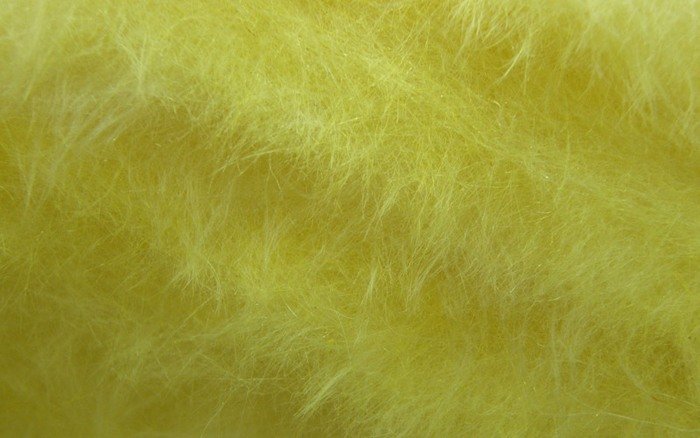
It is a yellow insulation made from sand, soda, dolomite, limestone, borax and broken glass. All these components are placed in a special container, where they are heated to 1400 C. As soon as the mass is melted, it is passed through filters in a centrifuge, where it is inflated to obtain the finest glass threads.
The material is treated with a polymer binder, and the result of this process is molded and blown at a temperature of 250 C. The latter is necessary for drying and the formation of polymer bonds. The finished product becomes amber yellow.
Advantages:
- lightness;
- high thermal conductivity;
- resistant to chemicals;
- does not burn and does not smolder;
- does not sit down even after many years;
- vibrations do not destroy fibers.
Disadvantages:
- brittle fibers;
- it is necessary to work with him exclusively in overalls and a respirator, otherwise you can harm the respiratory and vision organs;
- low moisture resistance.
Basalt insulation
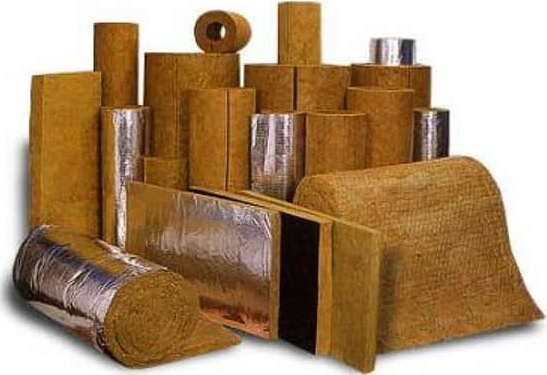
It is made from the rock of the same name. To do this, it is melted to a viscous state and, with the help of a powerful jet of air, the fibers are blown out. Then they are intertwined and attached to each other with arbide-carbamide resins. They are completely harmless. Their number does not exceed 5% of the total mass. Then the resulting mass is sent for pressing.
The production of basalt insulation can be compared to the production of cotton candy. It is the market leader among thermal insulation materials. This was facilitated by the environmental friendliness of the material, which is distributed in rolls, plates and cylinders.
Advantages:
- does not emit compounds harmful to the body;
- almost 95% of the composition is volcanic rock, which makes this insulation as natural as possible;
- the minimum number of connecting elements;
- vapor permeability reduces the risk of condensation and the formation of microorganisms harmful to the body;
- operation for 30 years;
- does not burn;
- does not attract the attention of rodents;
- retains its shape even under the influence of aggressive media;
- high sound insulation performance.
Disadvantages:
- heavy weight;
- the quality depends on the production technology of a particular manufacturer.
Foil insulation
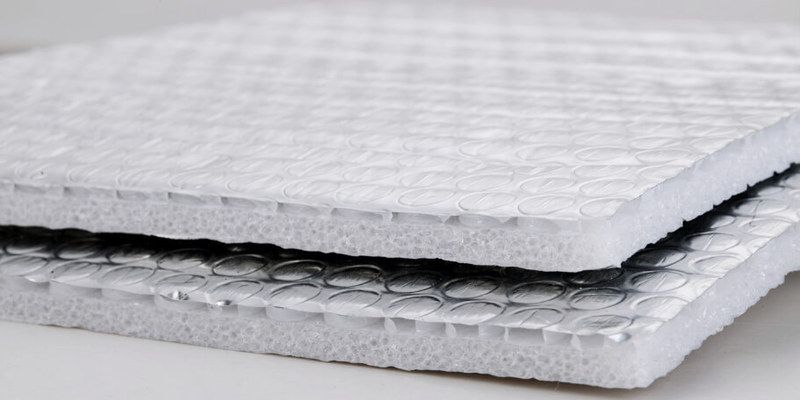
This is a two-layer material in which the outer layer is made of polished foil or metallized polypropylene film. This solution increases efficiency by 97%.
Infrared radiation striking a reflective surface is bounced off, but some of the heat is transferred by convection through the air. As a result, the foil heats up and transfers heat. The aluminum film passes it through itself to the heat insulator. Thermal insulation qualities depend on the material placed under the film. The aluminum film is only necessary for deflecting infrared rays. For this, a 20 mm air layer is used.
As a rule, foil-clad heat insulators are used in steam rooms, as there is strong IR radiation from stones. Aluminum retains moisture and steam. Only foil-clad aluminum is used as a heater.
Advantages:
- the metallized layer provides resistance to moisture and corrosion;
- absorbs noise well;
- reduces fuel costs;
- maintains an acceptable temperature for a long time;
- flexible;
- light weight;
- there are no toxic substances in the composition;
- even a beginner can handle installation work.
Disadvantages:
- insulation cannot be mixed with building mixtures;
- low anti-corrosion resistance.
The best heaters for baths and saunas of premium class
Penoizol
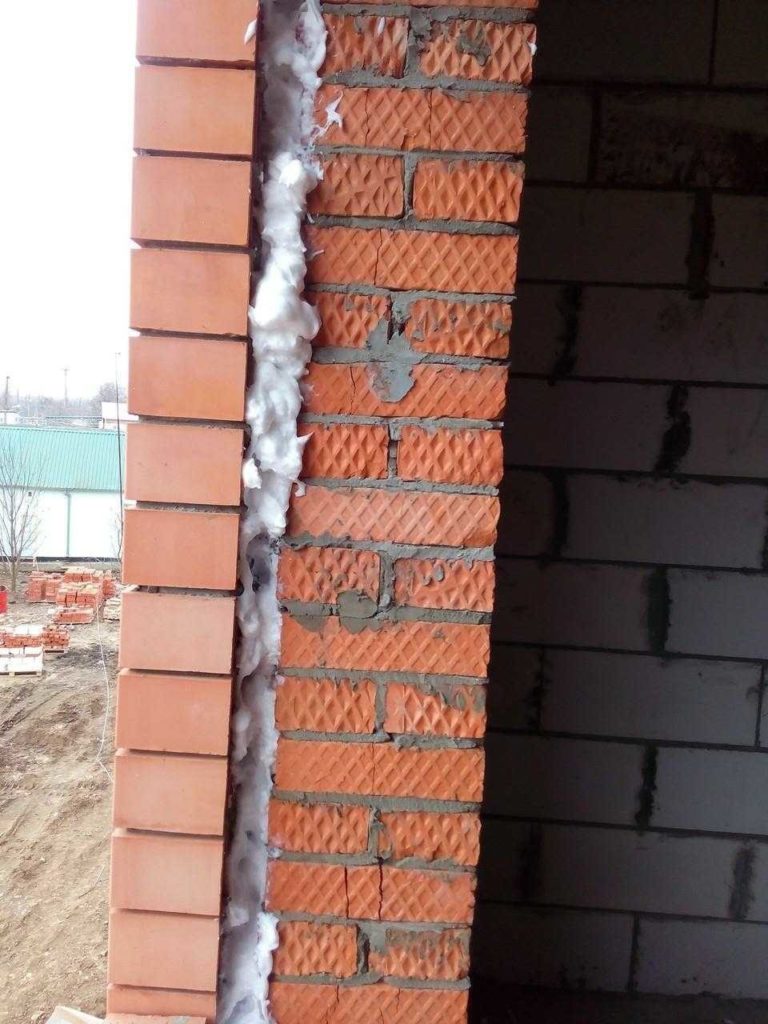
It is a material with a wide range of applications. Outwardly, it looks like polyurethane foam. In terms of properties, it has a lot in common with expanded polystyrene with minor differences: it does not burn and has an acceptable density.
Installation work is carried out with frame technology. In other words, it is first necessary to equip a special structure from the boards, and after the cavity is filled with insulation.
Advantages:
- ease of processing;
- monolithic material without seams and voids;
- does not burn;
- high level of sound insulation;
- not of interest to rodents;
- filling of cavities through small holes is allowed;
- environmentally friendly.
Disadvantages:
- high price;
- installation work requires the involvement of specialists with special equipment.
Foam glass
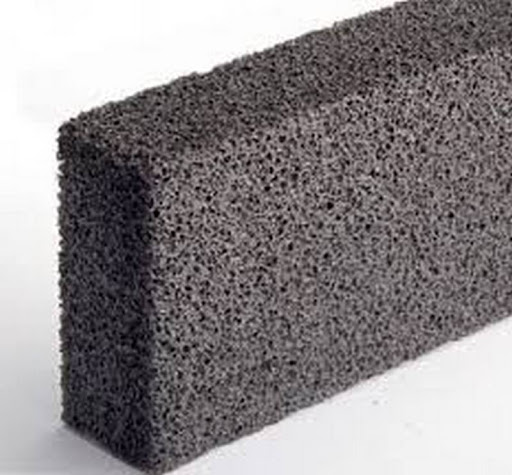
This is a newcomer to the building materials market, which is rapidly occupying a leading position and is attracting more and more attention every day. According to its characteristics, it is head and shoulders above the competition. The only factor that prevented him from gaining widespread recognition is the high price.
Silicates and blowing agents are used in the manufacture of foam glass. The substance heats up to a temperature of 1000 C and foams. When cooled, it acquires unique properties and hardens. It is supplied to the markets as sheets, plates, blocks and granules.
Advantages:
- service life is 100 years;
- environmentally friendly material;
- does not ignite and does not emit substances harmful to the body;
- high strength;
- an unfavorable environment for the development of microorganisms;
- does not attract the attention of rodents.
Disadvantages:
- too expensive;
- low impact resistance;
- heavy weight creates additional stress on the structure.
Conclusion
A properly equipped bath will relax and energize, so you should not save on heat-insulating materials. The bathhouse is a specific room, the atmosphere of being in which largely depends on the chosen insulation and how effectively the work was performed.












